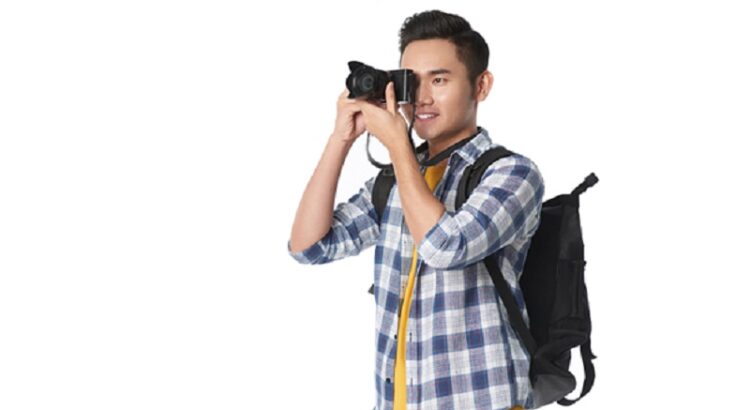Taking the first step into the world of photography is an exciting journey. You want to take stunning pictures, yet the technical details can seem overwhelming. Joining a structured program is among the best methods to establish a solid base and speed up your education. Nevertheless, with numerous choices available, the process of selection can be daunting. This guide is designed to help aspiring photographers navigate the choices and find a learning experience that matches their goals, equipment, and learning style, ensuring their first photography course is a rewarding one.
1. Define Your Personal Photography Goals
Prior to searching for a photography course in Singapore, take a moment to consider your goals. Do you want to capture better pictures of your kids as a parent? Are you a passionate traveller aiming to photograph breathtaking scenery? Are you an aspiring entrepreneur wanting to take improved product photos for your business? The type of course you should select will be affected by your ultimate goal. An individual who mainly relies on their smartphone could gain the most from a specialised mobile photography course, emphasising how to utilise the capabilities of the camera they already have with them. Clarifying your purpose reduces the scope of the search.
2. Consider Your Current Equipment
Your camera, be it a smartphone or a DSLR, serves as your main instrument. Selecting a photography course for beginners that aligns with your equipment is crucial. Investing in a costly camera isn’t necessary before you grasp the fundamentals. Numerous outstanding courses are crafted specifically for smartphone users, instructing them on essential concepts that apply to any camera. If you’re searching for a mobile photography course in Singapore, ensure the syllabus is designed for contemporary phone cameras. If you have a DSLR or mirrorless camera, search for a course that explains camera-specific features such as aperture, shutter speed, and ISO thoroughly.
3. Examine the Course Curriculum
A well-structured curriculum is the heart of any good educational program. Look for a course outline that covers the fundamental pillars of photography. These include the exposure triangle (aperture, shutter speed, ISO), principles of composition (like the rule of thirds and leading lines), and an introduction to lighting. A quality photography course will balance theory with practical application, giving you plenty of hands-on practice. The curriculum should be clear and logical, building your skills progressively from one session to the next. Avoid courses with vague descriptions and opt for those that clearly state what you will learn and be able to do upon completion.
4. Evaluate the Instructor’s Expertise and Style
The person teaching the course makes all the difference. Research the instructor’s background. Are they a professional photographer with a strong portfolio? Do they have experience teaching beginners? An experienced instructor can explain complex topics in an easy-to-understand manner and provide constructive, encouraging feedback. Look at their work to see if their style aligns with what you hope to learn. Reading reviews or testimonials from past students can also provide valuable insight into their teaching style and effectiveness. The right instructor not only imparts knowledge but also inspires creativity and confidence.
5. Look for Practical, Hands-On Sessions
Photography is a practical skill that cannot be learned from a textbook alone. The best learning happens when you are actively taking pictures. Choose a photography course in Singapore that includes significant hands-on practice, preferably in a real-world setting. This could involve guided photo walks in interesting locations or practical studio sessions. This active learning approach allows you to immediately apply the concepts you have learned and receive instant feedback from your instructor. Whether it is a comprehensive DSLR program or a focused mobile photography course, this practical element is crucial for reinforcing your skills and building muscle memory.
Conclusion
Choosing your first photography course is an important decision that sets the stage for your entire creative journey. By first defining your personal goals and considering your existing equipment, you can narrow down the options effectively. From there, carefully examine the course curriculum, evaluate the instructor’s expertise, and ensure there is a strong emphasis on hands-on practice. Taking these steps will help you select a course that not only teaches you the technical skills but also nurtures your passion for capturing the world around you.
To learn more or explore your options, contact OOm Institute.





